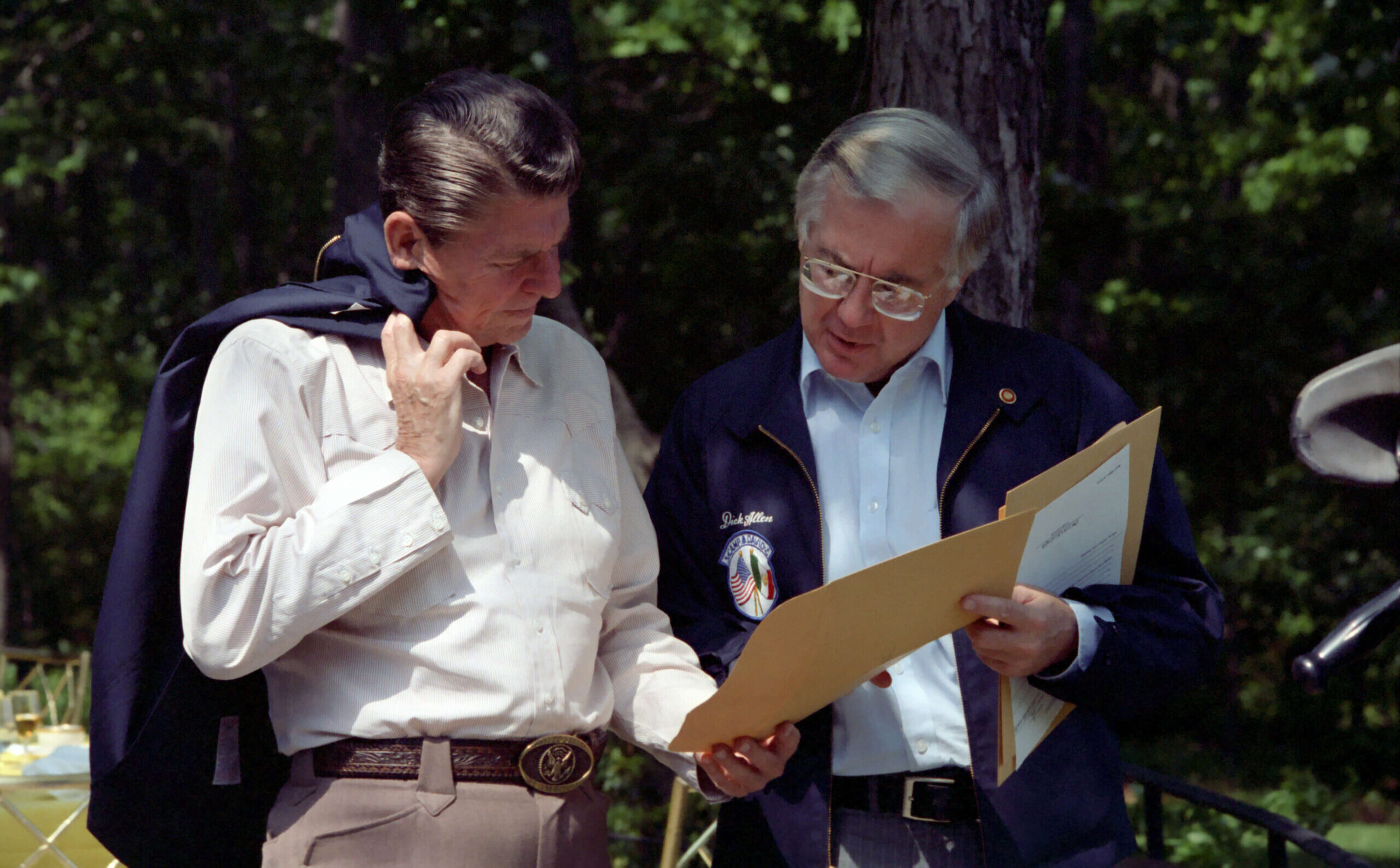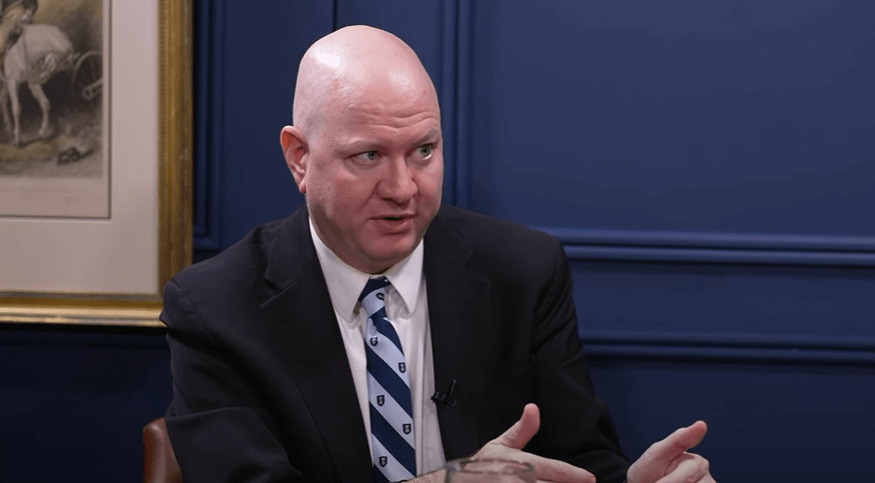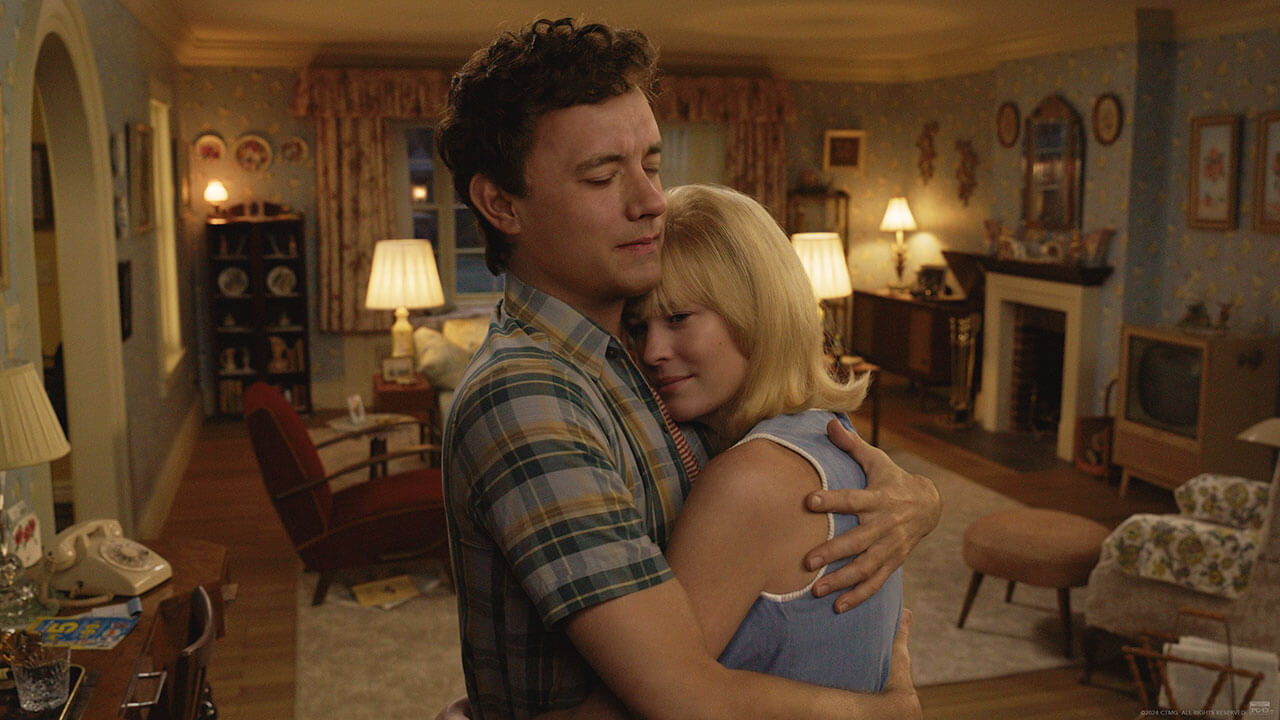The Boxing Kings:
When American Heavyweights Ruled the Ring
By Paul Beston
(Rowman & Littlefield, 2017)
The second greatest show on earth in 2017 was the carnival brawl between the young Irishman Conor McGregor, a star in the growing sport of mixed martial arts, and the aging American middleweight boxing champion Floyd “Money” Mayweather, a convicted wife-beater, multi-hundred-millionaire, and the greatest defensive fighter in at least three generations. McGregor had never fought a professional boxing match and faced an opponent with a record of forty-nine wins and no losses. That the fight occurred at all was a tribute to the fecklessness of the Las Vegas boxing commission and the fighters’ chance to earn half a billion dollars in revenue from a clash between two larger-than-life figures.
I’m the kind of sucker who paid to watch this spectacle. Under the influence of a few drinks and in the din of the bar crowd, I even bought into the conceit that it was competitive. The truth is, Mayweather carried the act into the later rounds to make it look like a real fight. The biggest sports event of the year was a farce.
The fight was a financial windfall for the two men in the ring and the promotional machines behind them, but after the final bell fans were left with little more than a hangover. That the year’s biggest fight produced no moments that resonated after the lights went out evokes a central theme in Paul Beston’s excellent new book, The Boxing Kings: When American Heavyweights Ruled the Ring. The era of boxing as the arena for national dramas and a metaphor for the American experience is over.
Beston, managing editor at City Journal, developed a youthful obsession with boxers that “must have had something to do with their solitariness.” The pull of those “demigods,” as he calls the pugilists who ruled the sport, “must have had to do as well with the danger they courted and the loneliness of it.” Beston also came to experience the distinctly participatory aspects of fighting by sparring with his brothers in their parents’ basement. The Boxing Kings shows off an expert knowledge of the sport’s history fitting for someone who can still recall by memory boxing’s Dewey decimal number, as well as a talent for archival storytelling. (Full disclosure: I played host to a speaking event for Beston at St. Francis College in Brooklyn in October 2017.)
The story begins in the 1880s, on the cusp of the American Century, with the elegantly mustached John L. Sullivan. Born in Boston’s South End to Irish immigrant parents, Sullivan was the last of the bare-knuckle champs fighting under the old “London Prize Ring Rules,” which once governed the sport. The modern era of gloves and timed rounds was established by the “Marquess of Queensberry Rules” of 1889. By imposing standard rules and excluding tactics like eye-gouging and hair-pulling, the Queensberry Rules helped transform boxing into a legitimate sport.
Britain had been the traditional home of boxing, and Sullivan was the first American to wear the heavyweight belt—as well as enjoy a foretaste of boxing’s future. Catering to the appetite for spectacle that would come to define American culture, he was a thoroughly modern specimen. Beston argues that Sullivan was among America’s first national stars: “Unlike his pugilistic predecessors,” he writes, “Sullivan broke through to the swelling middle classes, many of whom had previously opposed boxing as barbaric. He was able to do this not only through his spectacular fighting style but also through his willingness to market the title and himself and to forge on the public mind an identification of one with the other.”
If Sullivan’s celebrity prefigured the future, the fighter was also a product of his time. Boxing, Beston shows, was one of the rituals through which Americans of old stock and immigrant origin competed in defining what it meant to be a man. In Sullivan’s fighting days, that meant being a white man. “I will not fight a negro. I never have and never shall,” he publicly declared in 1892.
Sullivan’s racial attitudes cast a shadow over his achievements. His victories, like those of other white athletes of his era, were in a sense rigged by denying certain men the chance to compete. It would be almost two decades after Sullivan retired before, in 1908, “boxing would face its ultimate existential crisis: a black heavyweight champion.” The “existential crisis” was Jack Johnson.
Johnson’s remarkable, defiant life has left a complicated legacy. Beston’s treatment, in a chapter titled “Pariah,” establishes a pattern he repeats throughout the book. Whenever he runs into simplistic tropes of popular history, he adds nuance and ambiguity by introducing inconvenient facts and an optimism about America’s ability to transcend racism that many readers today would call conservative but that has much in common with midcentury liberalism.
It took years of goading the white title holders before Johnson got his chance against the Canadian Tommy Burns. Burns finally accepted the bout, according to Beston, because “the money had been too good for [him] to pass up.” Johnson defeated Burns in 1908, the same year that Congress finally banned the mailing of postcards featuring photos of lynchings. Johnson’s victory seemed to herald a broader change in racial attitudes.
Contrary to legend, however, beating Burns did not make Johnson the first black champ. That distinction goes to the light heavyweight Joe Gans, who won his belt in 1902. But Johnson’s win made a far larger impact, partly because he fought in the more popular heavyweight division, but also because he was an irrepressible figure who flouted laws and social prejudices, ignoring the admonitions of the black elite as he sped around in flashy cars with white women as companions.
No sooner had Johnson won the title than “calls went up for a white fighter to take it back.” Among those searching for a Great White Hope was Jack London, who implored the former champion Jim Jeffries: “Jeff, it’s up to you. The White Man must be rescued.” Two years later, in what was billed as “The Fight of the Century,” Johnson beat Jeffries handily. In the kind of telling and complicating detail that distinguishes The Boxing Kings, Beston finds that while the referee did not raise Johnson’s arm, as is customary in victory, the retired champion John L. Sullivan “was among the first to congratulate him.”
This moment of comity was short, however. The night of Johnson’s victory, July 4, 1910, saw race riots in dozens of cities across the country. Stories abound of retribution during the riots, with random blacks attacked in the street and buildings full of black residents set on fire. In all, as many as twenty-six people were killed in the violence that followed the fight.
Johnson is remembered today as the victim of a racially motivated prosecution under the Mann Act. The law, which was supposed to ban “white slavery”—that is, forced prostitution—was effectively used to criminalize Johnson’s consensual relations with white women. Rather than face charges, Johnson chose exile in Europe, a course that would be followed by later black artists, from Chester Himes to James Baldwin.
Johnson was an individualist who rejected the idea that he should abide any limitations on his freedom for the sake of his race. But his libertinism and recklessness, qualities he shared with many fighters of all races, made Johnson a target of scorn for much of America’s black elite. “It is unfortunate that a man with money should use it in a way to injure his own people,” Booker T. Washington said of the first black heavyweight champion. He added, “I wish to say emphatically that his actions do not meet my personal approval, and I am sure that they do not meet with the approval of the colored race.”
Modern boxing started with John L. Sullivan as a contest of manhood between white men, later becoming, with Jack Johnson, a competition between blacks and whites. The arrival of Joe Louis moved boxing into its next chapter, which pitted the U.S. against the world while affirming that a black athlete could be a symbolic champion of the whole American people, if still not an equal citizen.
Facing challengers from fascist regimes made the difference in how a black champion was perceived. Two years after losing to the German Max Schmeling in 1936, Louis faced him again in ’38 on the eve of World War II. “When both fighters were in the ring,” Beston writes, “someone yelled out near ringside, ‘Kill that Nazi, Joe! Kill him!’ ” The rematch lasted just over two minutes before the American knocked Schmeling down for a third time and Schmeling’s corner threw in the towel. Years before VE Day, Louis gave Americans a dramatic victory against Germany.
The postwar years are often considered a golden age for American boxing. This was partly a tribute to the brilliance of the lower weight classes, which then included Sugar Ray Robinson, widely held to be the greatest pound-for-pound fighter of all time. But there were standouts among the heavyweights as well. There was Rocky Marciano of Brockton, Massachusetts, whose 49-0 record Mayweather broke with his win over McGregor. There was New York’s Floyd Patterson, who conducted an improbable trilogy of fights with the Swede Ingemar Johansson. But it was Cassius Clay, who took the belt from Sonny Liston, whose career marked a new episode in the metanarrative of boxing.
In chapters on “the Greatest,” Beston tracks Cassius Clay’s rise to boxing legend and his evolution into Muhammad Ali. It begins with Clay winning a gold medal at the 1960 Rome Olympics and establishing a talent for self-promotion and marketing even greater than John L. Sullivan’s. Hyping his first title fight against Liston, a son of Arkansas sharecroppers with reputed mob ties and a criminal past, Clay played up to the TV audience, introducing the metered rhymes and boasting style for which he became known. Between Clay and Liston, it was not clear who was the good guy and who the heel.
Dealing with the renamed Muhammad Ali, Beston complicates an accepted bit of cultural history by showing that the champ’s famous refusal to be drafted for Vietnam was not only a matter of his own political conscience but also the result of pressure from the Nation of Islam. Moreover, Beston details how Ali stayed in the Nation long after growing disillusioned with the group because he feared violent reprisal. And with an acid touch, Beston describes how by the mid-’70s, only a few years removed from his peak as a political and countercultural icon, Ali had become “a bourgeois taste, a charming if sometimes off-color clown who could reliably entertain millions.”
The final arc in Beston’s boxing history traces the inimitable fury of Mike Tyson. An underappreciated boxing historian himself, Tyson blended his trainer Cus D’Amato’s peekaboo style with Jack Dempsey’s crouched stance. Small by modern standards, Tyson fought with explosive speed and power, epitomized by his leaping left hook. He was, Beston writes, “the last great heir to the American crown. The last American Heavyweight champion who mattered to a world beyond the ring, whose presence transcended sports, who seemed to represent something central about American identity.”
And so Beston’s story ends. Boxing hasn’t disappeared, but it is no longer a popular pastime at home and the heavyweight crown is no longer an American affair. Why? There are some obvious reasons: boxing’s move from broadcast television to pay-per-view; the sport’s chronic corruption; its multitude of sanctioning bodies and titles, which make the question of who is champion esoteric and alienating to casual fans. At the same time, the old sensibility that regards prize fighting as barbaric has been revived.
But there is something else going on as well. The heavyweight belt was first captured by an American at the moment of America’s ascendance as a great power. Boxing linked successive American champions across the decades of its global dominance. In those years the U.S. was the benchmark against which the rest of the world was measured. That century is over.
In recent years, the heavyweight crown has returned to England, where it began in pugilism’s premodern age. Boxing has become a regional rather than a global obsession, popular in diverse pockets of the world, from Japan to Cuba. The U.S. still has its champs: not only Floyd Mayweather but also the spectacular Andre Ward and younger fighters like Terence Crawford and Mikey Garcia. But their belts, though worth more money than fighters once earned, no longer mean as much in popular culture. Today it is in countries like Mexico that boxing is more than just entertainment. The sport’s mythos has always been tied to its promise to transform fortunes. There, a great champion of the ring can be more than just an athlete. He can be the symbol of a people’s aspirations.
Moments after his loss, McGregor stood in the ring with an Irish flag wrapped around him, smiled at Mayweather, and offered the man who beat him some backhanded praise. “I turned him into a Mexican tonight,” McGregor said. “He fought like a Mexican.” By which he meant that he’d made Mayweather fight like a man.
Jacob Siegel has written for the New York Times and Tablet, and was formerly a staff reporter at the Daily Beast covering war and protest politics. He is an Army veteran and editor of the fiction anthology Fire and Forget.














